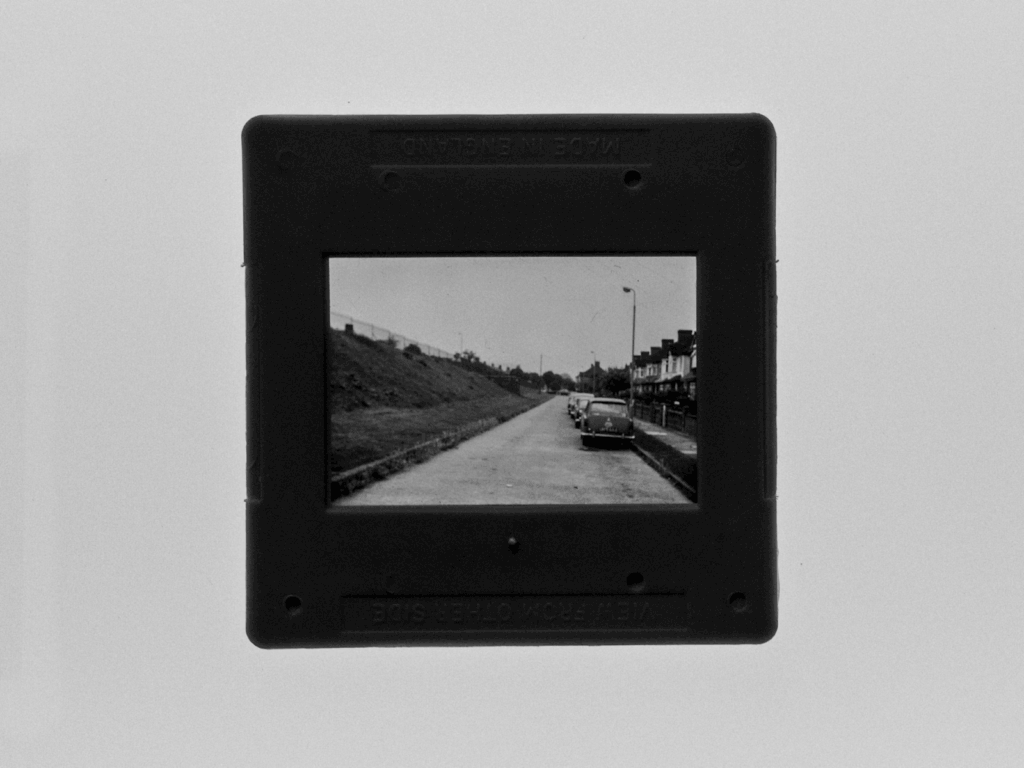When we think about procrastination, we typically consider the potential consequences of missing out on opportunities or being late. But that’s not all there is — it’s a window to how we make decisions. When we procrastinate, we’re not just avoiding a task; we’re also dodging the discomfort of making a choice. There’s a reason behind that, as the Liven team has found out: the short-term relief of avoiding the choice overtakes the long-term gain. We are frozen, afraid of what might follow if we make a wrong move. Our biases tell us that it’s safer to do nothing than suffer the wrong move. Understanding how procrastination works and why we don’t always register its influence on our decisions is key to making informed, independent steps further.
The Psychology of Procrastination and Decisions
Procrastination doesn’t mean laziness — that’s what Liven feedbacks often admit to realizing only later, after going through a lot of inner work. Procrastination is our brain weighing emotion against reason. Our minds clash when long-term thinking and immediate relief conflict.
Making a decision can be overwhelming. And when we postpone doing so, it’s our way of coping with anxiety. But here’s the thing: have you noticed that when you delay doing something, your worry spikes even more? That’s because the more you procrastinate, the stronger these feelings get.
With repetition, we start to associate making a choice with threat. It sends us into an emotional overload. What do we do then? Procrastinate again. This reinforces the cycle.
Another thing that hinders our progress is the overestimation of our future selves. We tell ourselves that it’ll be easier to decide tomorrow. While it’s true that sometimes we need to create distance between ourselves and the decision (that’s where the meaning of “sleep on it” becomes apparent), a repetitive pattern suggests that we are prone to this form of escapism.
The Consequences for Your Decision-Making
When we delay a decision, we buy ourselves time to think it through. In reality, our minds have their limits as well. Imagine the massive list of tasks left unchecked in your mental notes. It creates mental clutter. Even if you are considering just one choice, you don’t just store a simple “Yes/No” line in your head — thoughts are affecting your contemplation. These pile up over time. Some people describe it as having a “heavy head,” as if they are filled with thoughts. You start overthinking.
This emotional pressure doesn’t make it easier. Being on edge makes us more reactive. Under time pressure, we tend to make impulsive choices, guided more by emotion than reason. We don’t make the most out of our cognitive resources. Instead of evaluating options calmly, we grab at what feels easiest or most familiar.
The emotional weight accumulates, and the background noise becomes so loud that we can barely focus on anything. It feeds the feedback loop: the worse we feel, the harder it becomes to think clearly. So, making any choices at all becomes even more difficult.
How It All Repeats Itself
Indecision and procrastination are linked. The lack of action we have described above, combined with the way our thoughts accumulate, leads to a never-ending cycle of doubt. What started as hesitation turns into paralysis. We no longer trust ourselves to make a decision, and that’s one of the most dangerous convictions to have — that we don’t control what happens to us.
After we have learned that temporary relief can give us a few hours or even days of false calm, we can inadvertently make it a habit. And because we don’t believe in our ability to choose for ourselves, we lose faith in our autonomy.
Such a tendency, a learned helplessness, can turn our lives this way. We believe that being careful means we are being smart and well-organized. This is an illusion. By understanding that true power and autonomy come from choosing, even if imperfectly, we begin to live again.
Examples
These scenarios are hypothetical examples, but they can help you understand how this affects your thinking. Are there any cases that look familiar?
- Person A, an overthinker at work. A has been planning to propose an innovation at the team meeting. But the more she ruminates over it, the less sure she becomes of her suggestion. When the meeting finally comes, she stays silent. Later, someone else brings up a similar idea and gets credit for it.
- Person B, a student who’s always waiting. B can’t decide which major to choose. He spends all his free time reading forums and asking his friends for reassurance. He spends so much time thinking about this that all options look familiar.

What Now? A Few Starting Tips
You can relearn this pattern of decision-making. To make sense of it, you can start with these small strategies.
- Try micro-decisions. Big choices feel paralyzing because they carry the weight of permanence. Instead, focus on micro-decisions — one small step that doesn’t require total commitment. The important thing here is to know what level of discomfort you can handle without feeling overwhelmed by it.
- Experiment, don’t create laws. Finalizing a decision sometimes feels like it’s a law you have to adhere to. Treat your choices as possible what-ifs that allow you to experiment and try new paths.
- Support yourself physically, too. When deciding and being nervous, take a few minutes to do slow breathing. Put a hand over your chest and, while keeping a steady rhythm of your breaths, tell yourself: “I trust myself. I can handle what comes next.”
- Don’t go back. When you make a choice, don’t try to go back on it just because you feel panic. This will be a natural reaction for some time to come. Just be kind to yourself and commit to your choice.
Conclusion
There are times to be cautious and times to take swift action. If you have been delaying your choices for far too long, it’s a good chance to turn it around. And each decision you make is an act of self-trust.
